The museum is trying hard, digitizing the specimen and making it online, making it available for view by anyone

It becomes the basis when giving a scientific name to the species and type of living thingsPattern specimenDigitize a project that enables anyone to browse 3D models for free onlineBerlin Museum of Natural HistoryIs proceeding.
ZooSphere Specimen Web Hub - Access interactive high resolution images sequences of biological collection objects
http://www.zoosphere.net/
Museum Specimens Find New Life Online - The New York Times
http://www.nytimes.com/2015/10/20/science/putting-museums-samples-of-life-on-the-internet.html
In the Berlin Museum of Natural History, specimens are filled with most of the 6-story building, some of which have not touched anyone's eyes for a long time, there are also specimens with boxes wearing dust .
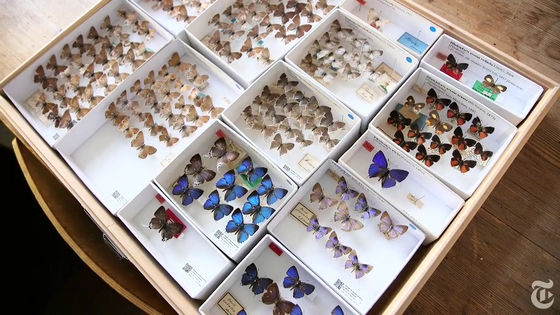
Following such a situation, the group of biologist Alexander Kroupa is progressing a project to make all insect specimens held in the Berlin Museum of Natural History 3D into 3D so that anyone can see it online.
A shooting studio set up in a corner of the museum is like this.
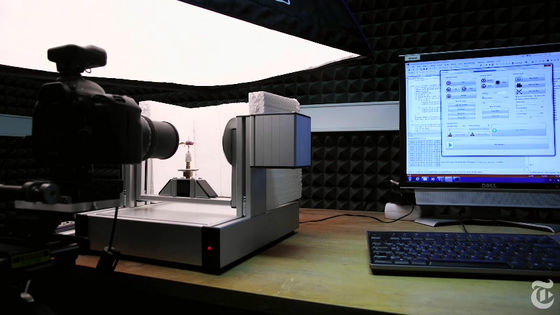
Fix the specimen in the center of the shooting booth ......
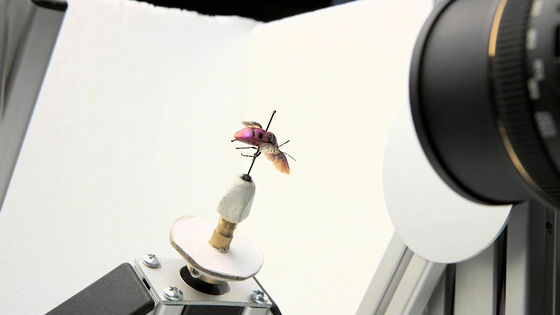
I am taking a specimen from various angles.
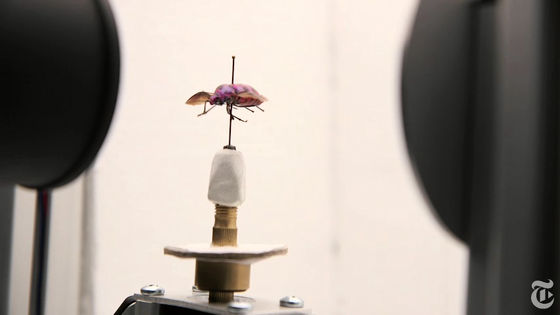
It seems to shoot 3000 to 5000 pictures for one kind of insect.

The camera is fixed on the table and seems to move with every pedestal.
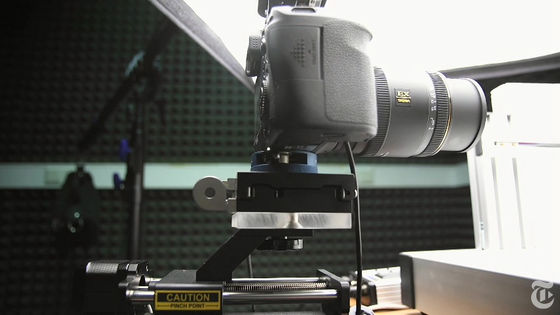
Here I am checking photos taken of taken specimens in PC.
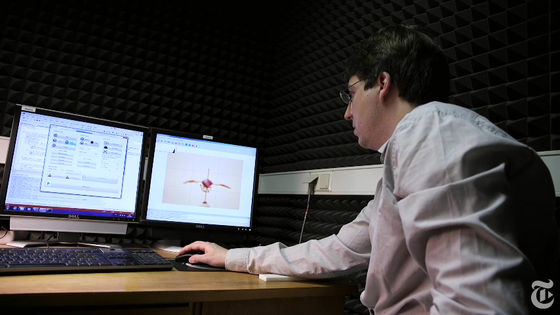
After shooting the specimen, synthesize images taken from various directions to create a 3D model. It is possible to see the body of an insect from more than 100 angles. In addition, it seems that it adopts an algorithm similar to Google street view in order to see crisp images of super high resolution 3D images as many GB.

By collecting multiple schematic samples and looking at distribution over time, we can see how the local ecosystem has changed. Moreover, by examining the old specimen in detailGenetic diversityIt is also possible to know the change of the living things and lead to the protection of life threatened with extinction. Until now, it is necessary to visit the museum directly in order to see the schematic specimens, and furthermore, small parts such as legs and feathers of insects are removed every time a specimen is taken out, and the risk that the information on that species will be impaired had.
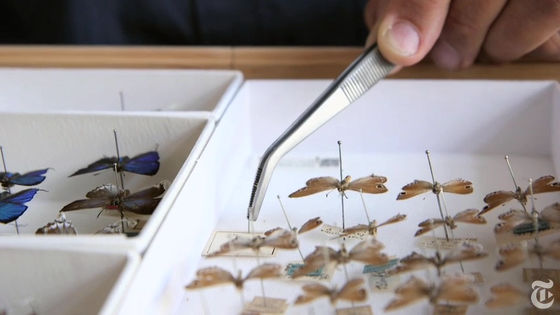
However, with this sample digitization project, it is possible to create ultra-high resolution digital images based on model specimens,Conservation ecologyIt is expected to make a big contribution to the field of. The Berlin Museum of Natural History owns approximately 15 million species of biological specimens and it seems to be stored on a total of 35,000 shelves, but at the time of writing the article, we finished digitizing about 10,000 shelves It is said that there is.
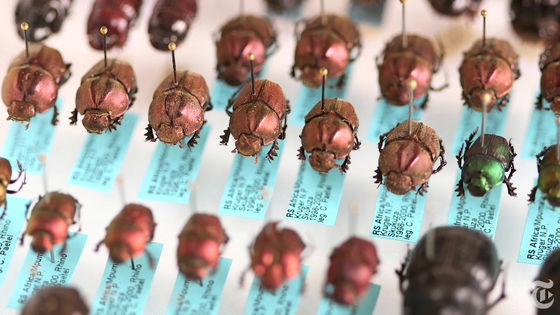
Members who are involved in digitizing the specimen said that "I would like researchers and the general public to see the digitized specimen", and in fact the collection of the Berlin Museum of Natural History from the following site It is now possible to see the 3D model of the specimen. At the time of article creation, there are many 3D models of bees and beetle, but it is planned that new insect data will be added in the future.
ZooSphere Specimen Web Hub - Access interactive high resolution images sequences of biological collection objects
http://www.zoosphere.net/
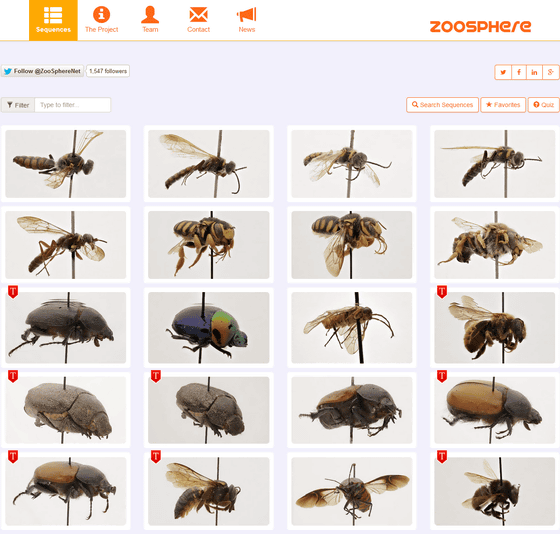
Related Posts:
in Web Service, Science, Creature, Posted by darkhorse_log







